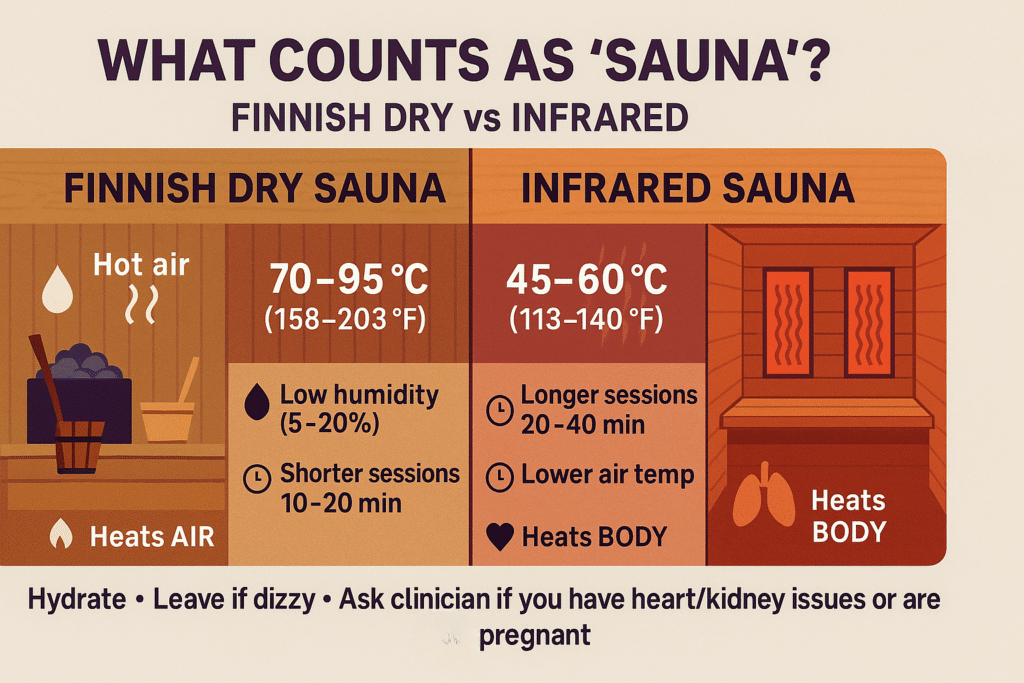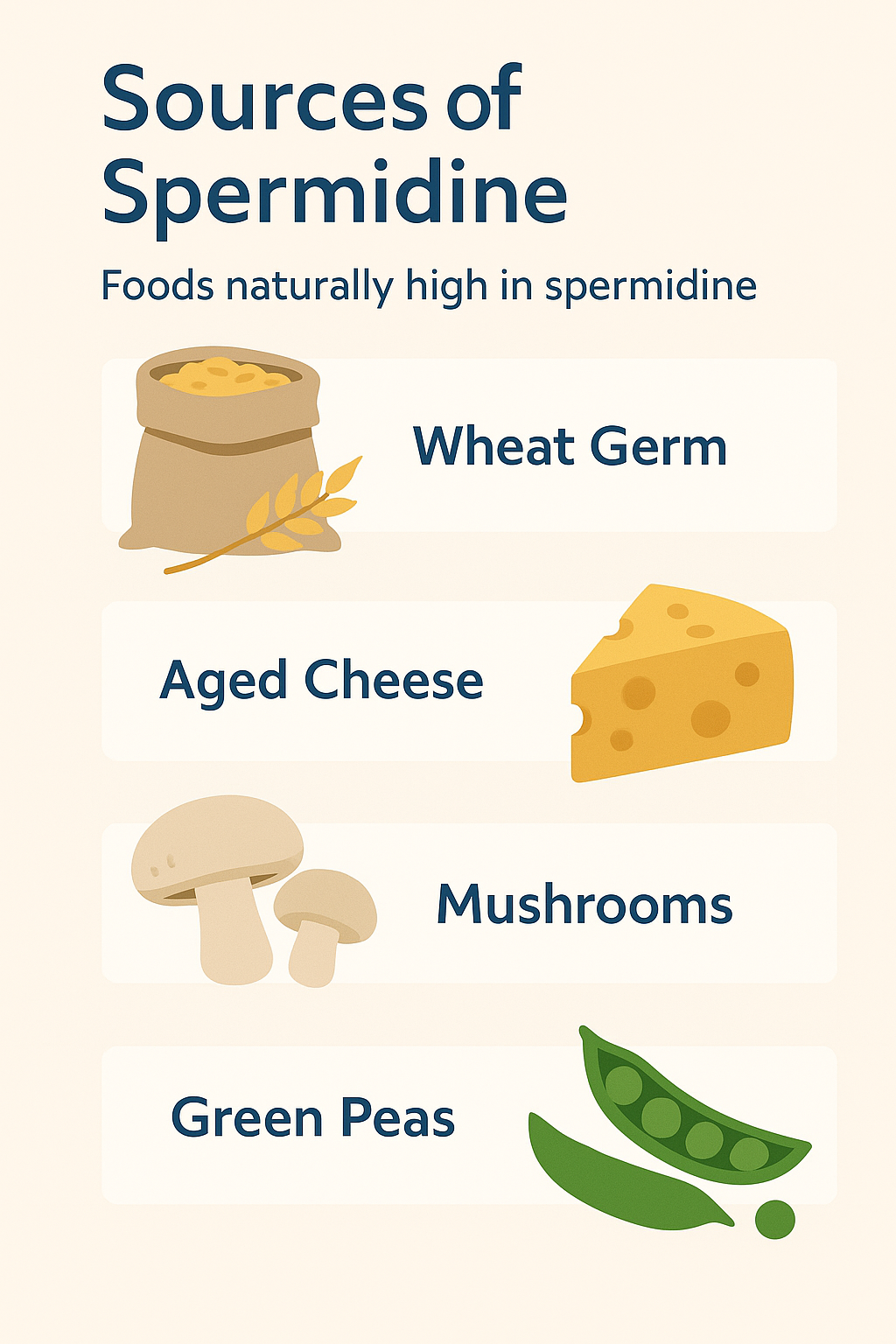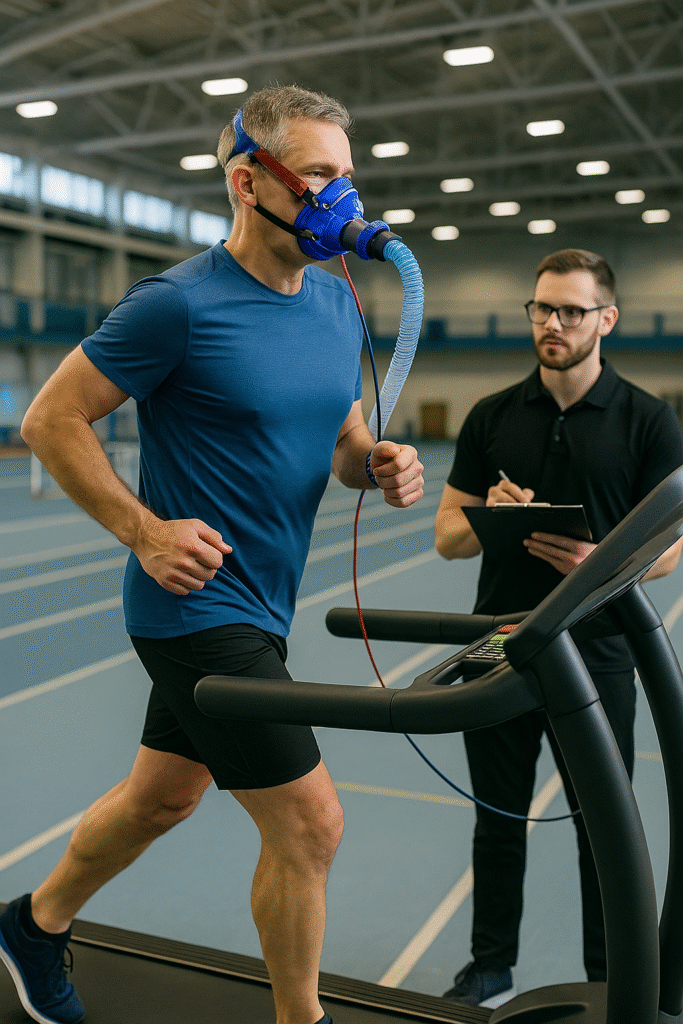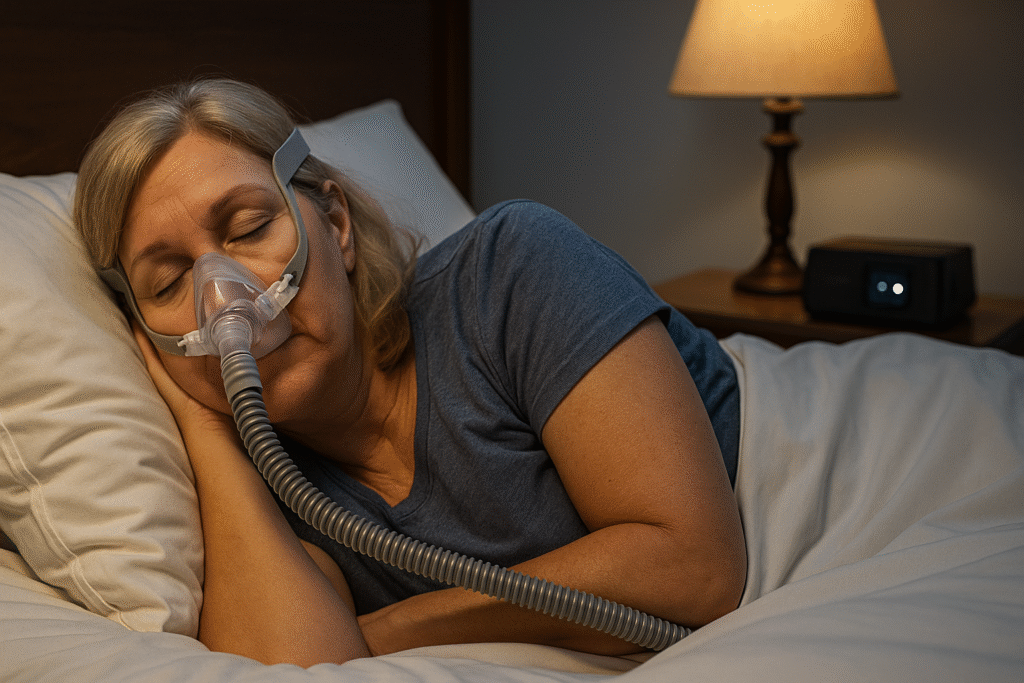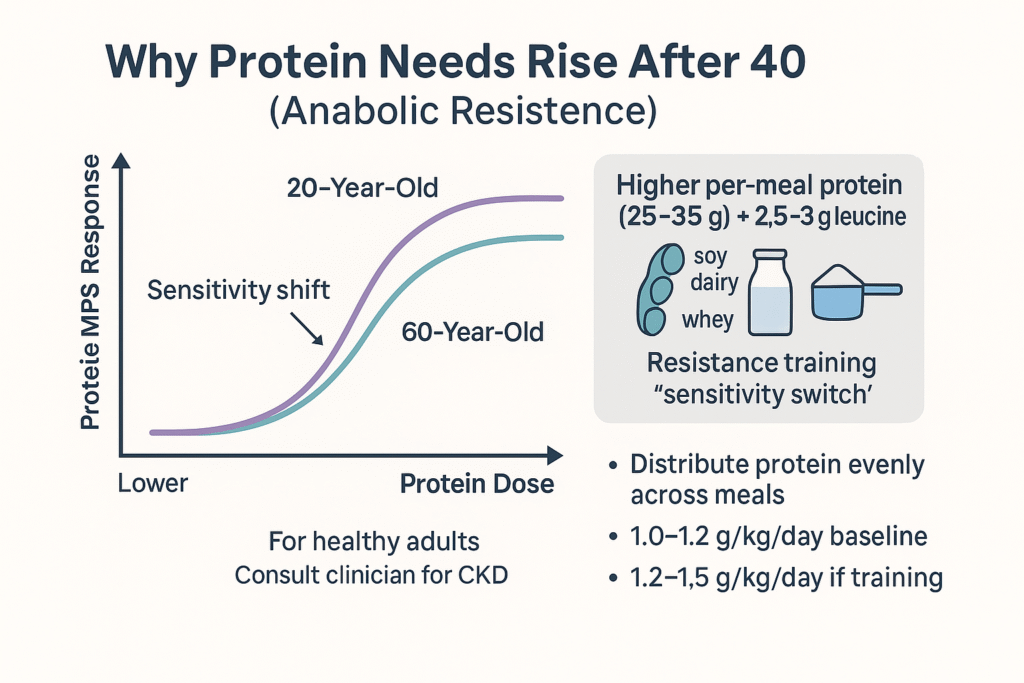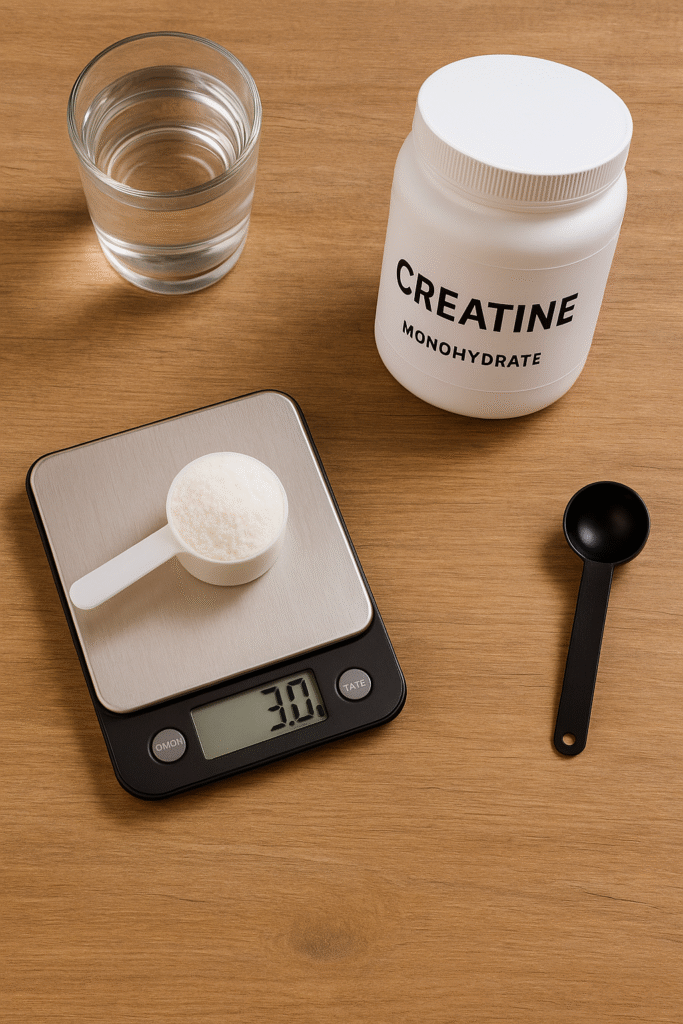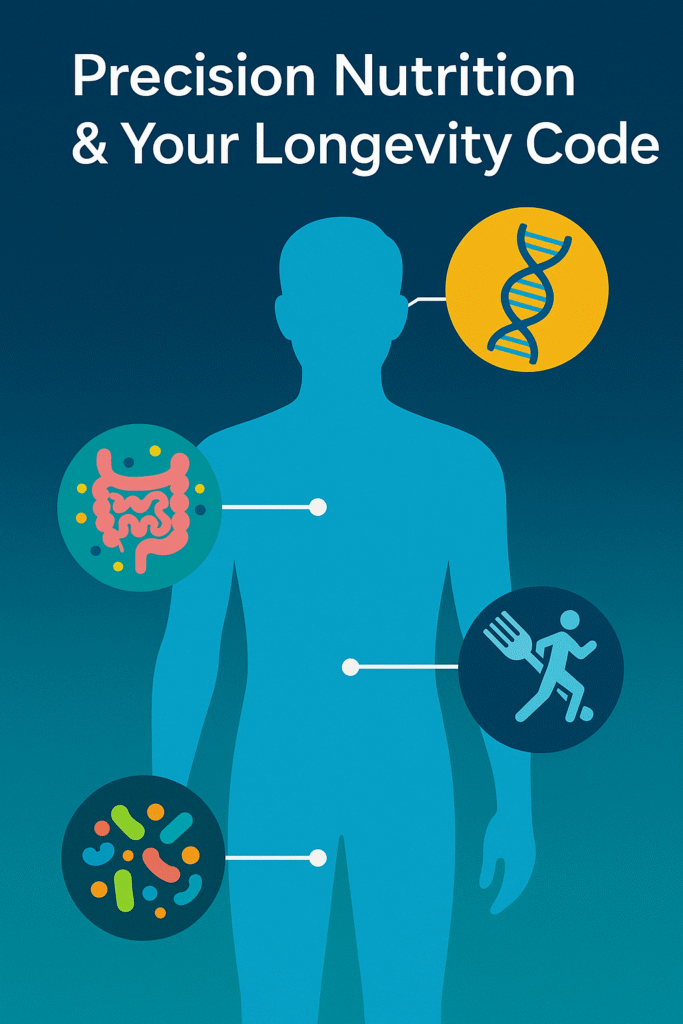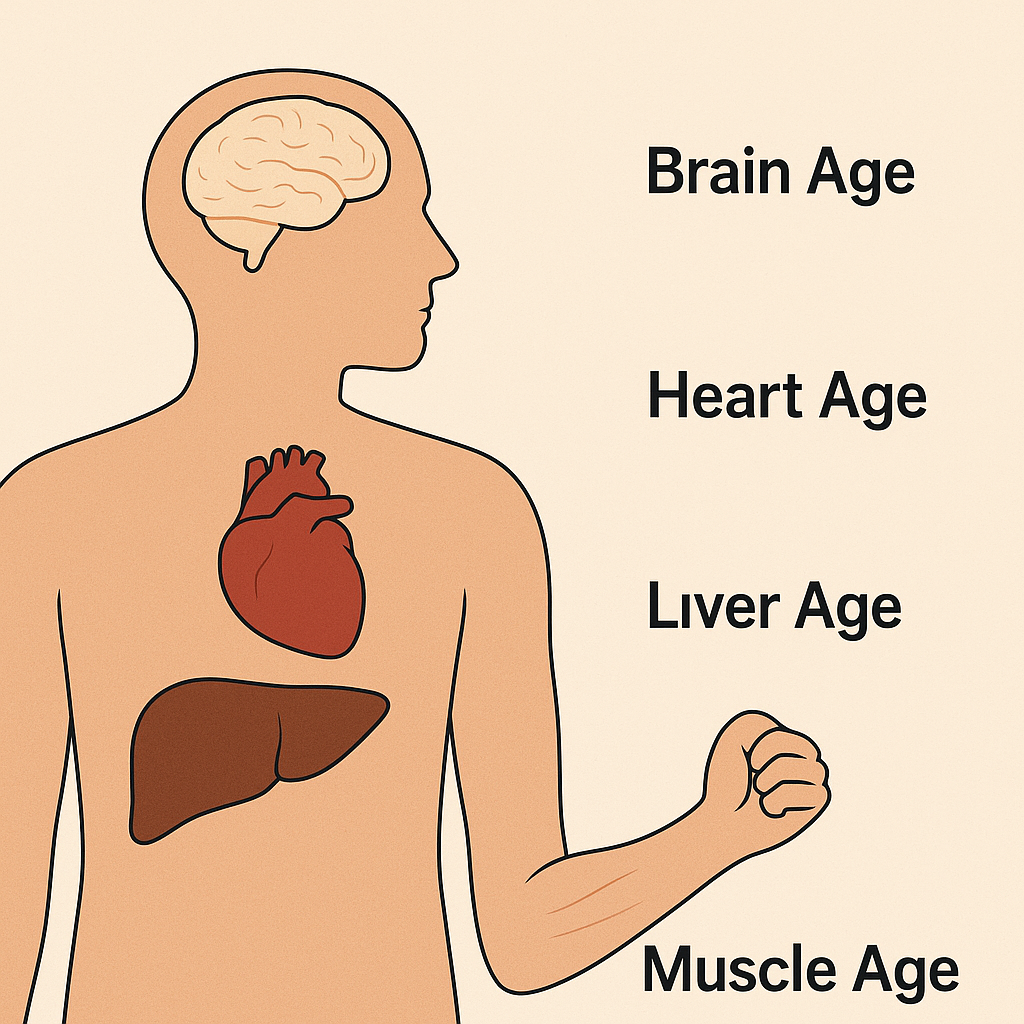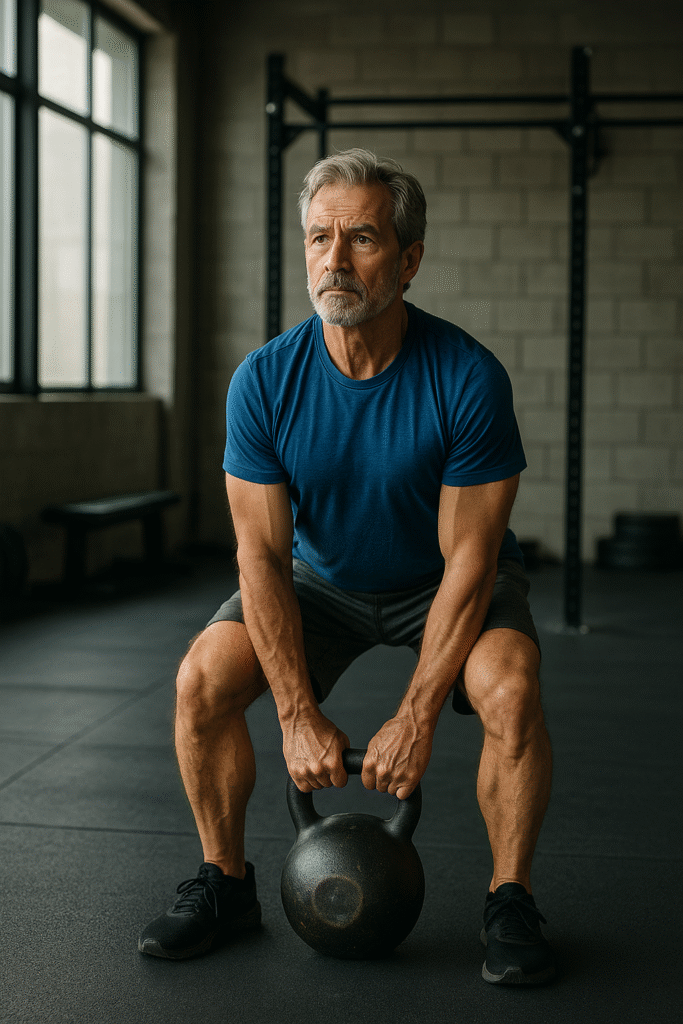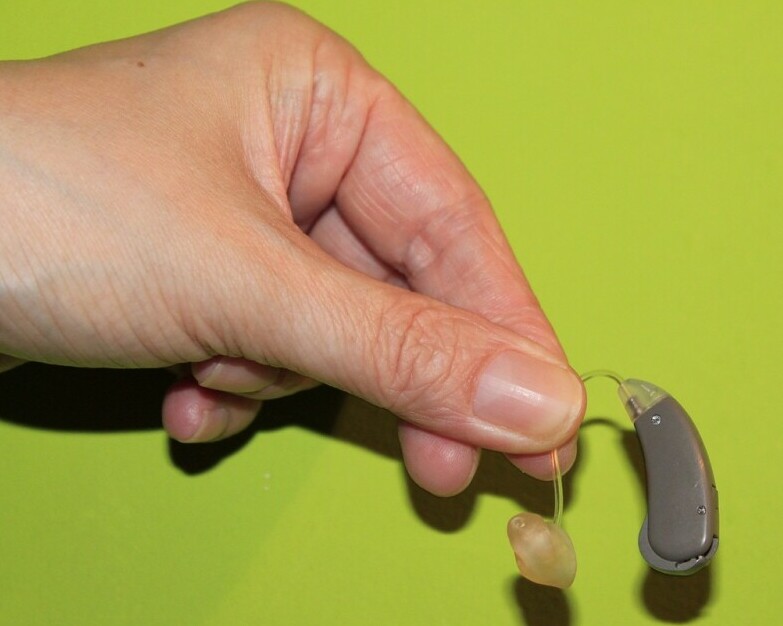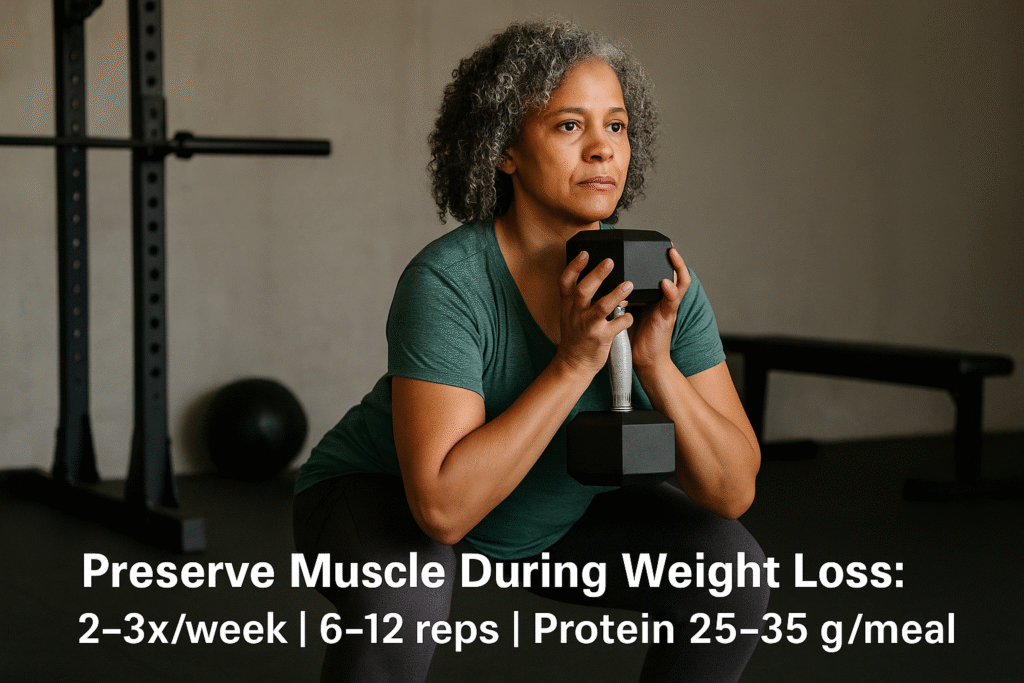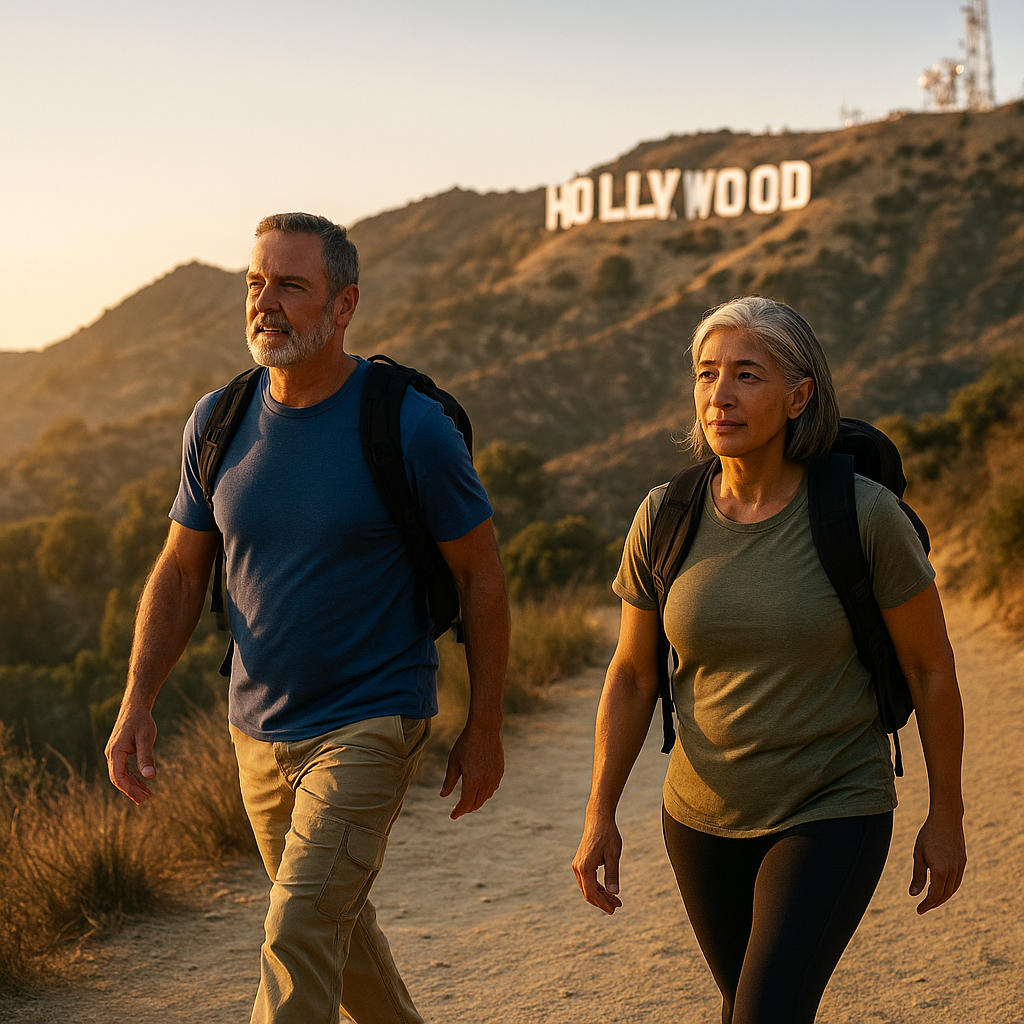As we age, the harmony between our physical health and mental clarity becomes increasingly important. This alignment, often referred to as body-mind alignment, is pivotal in maintaining not only our physical vigor but also our cognitive abilities. It’s a crucial aspect of our well-being, especially as we approach the 40s and beyond. This article delves into the intricacies of this connection and offers practical strategies to achieve synchronous physical and mental power in our older years.
Understanding the Connection Between Physical Health and Mental Clarity
The intricate link between physical health and mental clarity is rooted in the complex interplay of biological, psychological, and environmental factors. At a biological level, our brain health is directly impacted by our physical condition. For instance, cardiovascular health is closely tied to brain health. A well-functioning cardiovascular system ensures an adequate supply of oxygen-rich blood to the brain, which is crucial for maintaining cognitive functions such as memory, attention, and problem-solving skills. Poor physical health, marked by conditions like hypertension or diabetes, can impede this vital blood flow, leading to cognitive decline. Additionally, the gut-brain axis presents another fascinating aspect of this connection. The gut microbiome, influenced by our diet and physical well-being, communicates with the brain through various neural, hormonal, and immunological pathways. This communication can influence our mood, stress levels, and even decision-making processes, highlighting how physical health intricacies, like gut health, can have profound mental implications.
On the psychological and environmental fronts, the relationship between physical and mental health becomes even more pronounced. Stress, a common psychological factor, can have tangible physical manifestations, such as increased heart rate or muscle tension. These physical responses, in turn, feed back into our mental state, often exacerbating feelings of anxiety or depression. The environment plays a role too; for example, exposure to natural environments during physical activities can significantly boost mental well-being. This is partly due to the calming effect of nature on our psychological state and partly due to the increased physical activity that often accompanies outdoor pursuits. Additionally, regular physical activity has been shown to stimulate neurogenesis – the creation of new neurons in the brain, particularly in the hippocampus, an area critical for learning and memory. This neurogenic effect not only enhances cognitive functions but also serves as a protective factor against the natural cognitive decline that accompanies aging. In summary, the maintenance of physical health through regular exercise, a balanced diet, and proper stress management is not just a cornerstone for physical well-being but is also indispensable for mental clarity and resilience, especially as we age.
The Role of Nutrition, Exercise, and Sleep in Supporting Mental Processes

Nutrition plays a critical role in brain health. Foods rich in antioxidants, healthy fats, vitamins, and minerals provide the energy and nutrients needed for cognitive functioning. Exercise, on the other hand, increases blood flow to the brain, promoting neuronal health and reducing the risk of cognitive decline. Moreover, sleep is essential for cognitive processes like memory consolidation and mood regulation. Adequate rest rejuvenates the body and mind, making it a non-negotiable element of mental health.
Practical Strategies to Maintain Physical Health as You Approach 40 and Beyond
As we approach our 40s and beyond, adopting practical strategies for maintaining physical health becomes increasingly crucial to counteract the natural aging process and preserve both physical and mental vitality. This stage of life calls for a more nuanced approach to exercise, favoring a combination of cardiovascular workouts, strength training, and flexibility exercises to cater to the changing needs of the body. Cardiovascular exercises, such as brisk walking, swimming, or cycling, are essential for maintaining heart health and improving endurance. Strength training, at least twice a week, helps combat the loss of muscle mass and bone density that occurs with age. Incorporating yoga or Pilates can improve balance and flexibility, reducing the risk of falls and injuries. Nutrition-wise, a diet rich in fruits, vegetables, lean proteins, and whole grains, while low in processed foods and sugars, supports overall health and helps in managing weight, which becomes harder to regulate as metabolism slows down. Regular health screenings and proactive management of chronic conditions, such as hypertension or diabetes, are vital. Additionally, maintaining a healthy sleep schedule, managing stress through mindfulness or relaxation techniques, and staying socially active are all integral parts of a holistic approach to sustaining health and well-being in the later years of life.
How Physical Activity Can Generate Positive Changes in Brain Chemistry
Engaging in physical activity triggers the release of endorphins, often referred to as the “feel-good” hormones. These natural mood lifters can alleviate symptoms of depression and anxiety, leading to improved mental health. Furthermore, exercise stimulates the production of neurotrophic factors, which aid in the growth and survival of neurons, thereby enhancing brain plasticity.
Actionable Techniques to Synchronize Physical and Mental Functions for Breakthrough Habits
Synchronizing physical and mental functions for breakthrough habits involves integrating activities that stimulate both the body and mind simultaneously, fostering a holistic approach to wellness. One effective technique is the practice of mindfulness during physical exercise, such as mindful walking or yoga, where the focus is on breath and movement alignment, enhancing both physical agility and mental awareness. Incorporating cognitive challenges into physical routines, like learning new dance forms or engaging in sports that require strategic thinking, can also be beneficial. These activities not only improve physical fitness but also enhance cognitive skills like memory, attention, and problem-solving. Brain exercises, such as puzzles or learning a new language or instrument, paired with regular physical activity, can further augment this synchronicity. Additionally, establishing routines that incorporate both physical and mental wellness—like morning meditation followed by a workout, or reading interspersed with light stretching—can create habits that holistically nurture body and mind. This integrative approach not only helps in developing a strong body and a sharp mind but also contributes to overall emotional and psychological well-being, making it a powerful strategy for those seeking to harmonize their physical and mental functions.
Conclusion
The journey to achieving body-mind alignment in our older years is ongoing and dynamic. It requires a commitment to holistic health, encompassing nutrition, exercise, and mental well-being. By understanding the symbiotic relationship between our physical and mental states and adopting practical strategies, we can not only maintain but also enhance our physical and mental power as we age. This alignment is not just about longevity but about the quality of life, ensuring that our later years are as fulfilling and vibrant as our youth.
Disclaimer: All the content on this site is for informational purposes only, does not constitute medical advice, and does not establish any kind of patient-client relationship by your use of this website. I am not a health care professional. The information, including but not limited to text, graphics, images and other material contained on this website are for informational purposes only. No material on this site is intended to be a substitute for professional medical advice, diagnosis, or treatment. Before starting any new regimen, supplement, diet, or program, it is crucial to consult with a healthcare professional to ensure it is safe and suitable for your individual health needs and circumstances. Here’s a little transparency: This website also contains affiliate links. This means if you click and make a purchase, we may receive a small commission. Don’t worry, there’s no extra cost to you. It’s a simple way you can support our mission to bring you quality content.




